Does this conversation sound familiar to you?
“Hey boss, how many LEDs should I use?”
“Uh, why don’t you add a few more, just in case.”
“How many more?”
“Well, how many do we have?”
…
You need to measure the irradiance of your UV LEDs so you can figure out just how many you need to use. Too few won’t get the job done. But too many is just a waste of money.
Measuring UV LEDs accurately
Easier said than done, right?
The wavelength and power level of UV LEDs means the natural choice to measure them is a photodiode detector. However, this leads to a challenge:
Here’s the spectrum of a typical photodiode UV sensor. UV light meters are usually designed for a specific wavelength band (UVA, UVB, etc.), so they have a good response to it. However, its spectrum is generally a narrow peak so if you deviate even just a little from it, your reading may be off by a factor of two or more.
Solution?
Use a spectrally calibrated meter
At Ophir, we calibrate all our photodiode sensors along their entire curve – from 200 nm up to 1100 nm. So you can measure a UVA, visible, or NIR laser or LED with a much higher level of accuracy – just enter the wavelength of the source and get the correct value.
3A-IS Integrating Sphere sensor for lasers and LEDs
We recommend specifically using our 3A-IS integrated sphere detector which was just recalibrated to include UV wavelengths (350-1100 nm).
What does this mean to you?
No more wondering whether you have enough LEDs. Measure the power precisely and establish a standard for your application.
But wait! That’s not all.
Small spheres are compact, cheap and easy to use, but they are sensitive to many things: the size of the object being tested, whether it is reflective or absorptive, whether it blocks the entire aperture or not…
Sounds complicated? A small accessory called AUX-LED is taking care of business.
It has its own 390nm LED and its helping you to get the correct reading regardless of how your light source looks like.
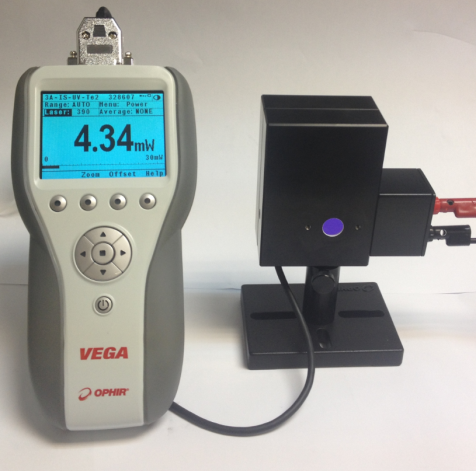
How about you? Why is it important for you to know the power or intensity of your LEDs?
Let me know in the comments.
Questions? Efi Rotem can help you out: efi.rotem@ophiropt.com.
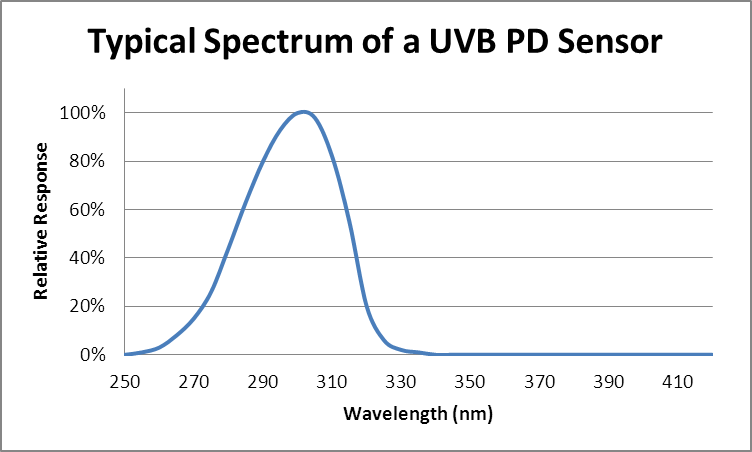
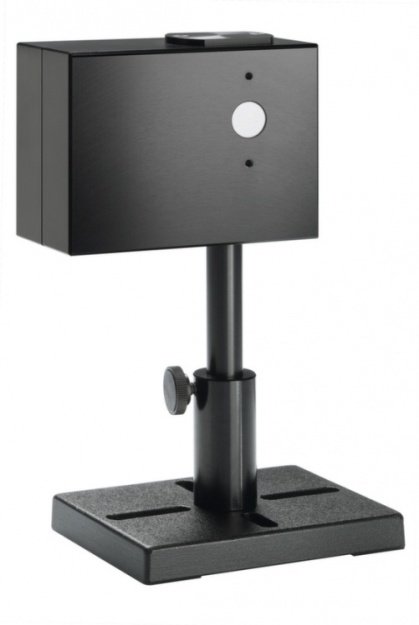
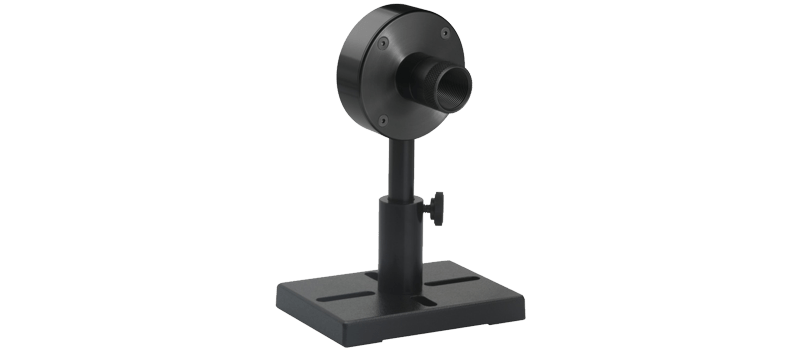

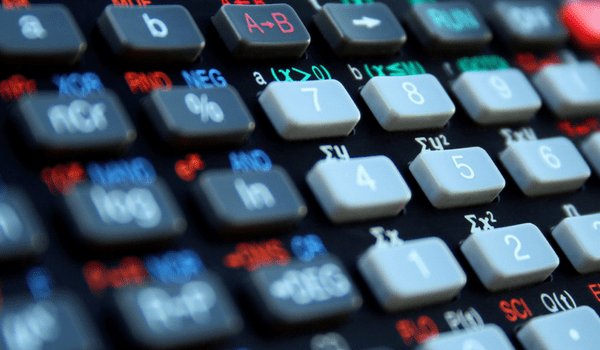

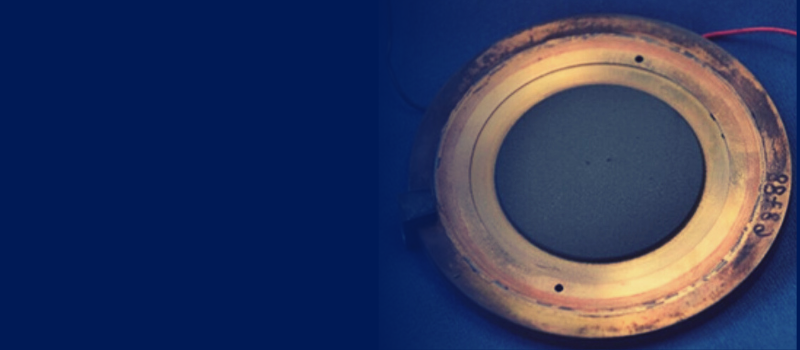
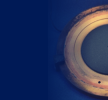






Leave a Reply
Your email address will not be published. Required fields are marked *